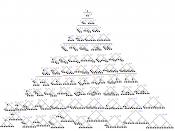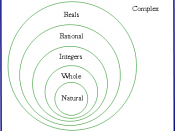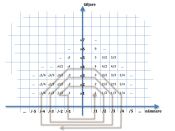Teaching Children Mathematics; Feb 2003
"Introducing percents in linear measurement to foster an understanding of rational-number operations"
Pages: 335-339
"Traditional instruction in rational numbers focuses on rules and memorization." Teachers often give students instructions such as, "To add fractions, first find a common denominator, then add only the numerators" or "To add and subtract decimal numbers, line up the decimals, then do your calculations." However, Remembering and properly executing these relatively simple rules can be very difficult, however, when students do not have a good conceptual grounding in the rational numbers. Personally, when I was introduced to this new concept I was confused almost daily because my teacher expected me to just accept what she was saying and to memorize. Interestingly, this article presents computation abilities in rational numbers that were developed by fourth grade students who participated in a research project on the learning of rational numbers (Moss and Case 1999).
The goal of this ongoing research project is to foster a flexible, interconnected understanding of the rational-number system.
Students begin their investigations of rational numbers by learning about percents in the context of linear measurement. The learning of fractions and decimals comes later and is grounded in students' learning of percents. "Although this approach alters the traditional teaching sequence for rational numbers, it has many advantages for young students." For example, by beginning with percents rather than fractions, educators postpone the problem of students' having to compare or manipulate ratios with different denominators. This allows children to concentrate on developing their own procedures for comparison and calculation, instead of struggling to master a complex set of procedures that might seem foreign to them.
A second advantage of this instructional approach is that by beginning with percents, we allow children to make their first conversions among the...


